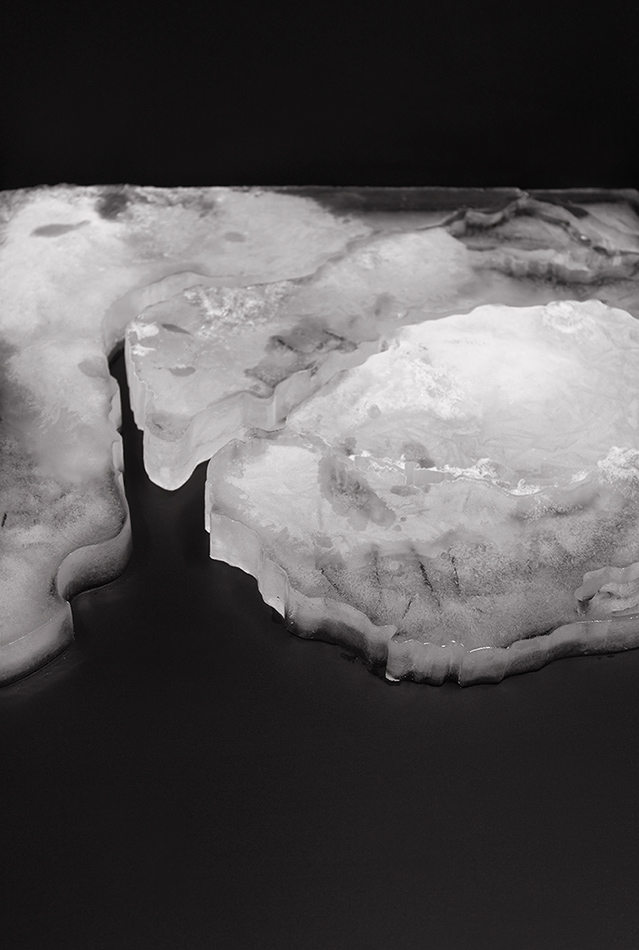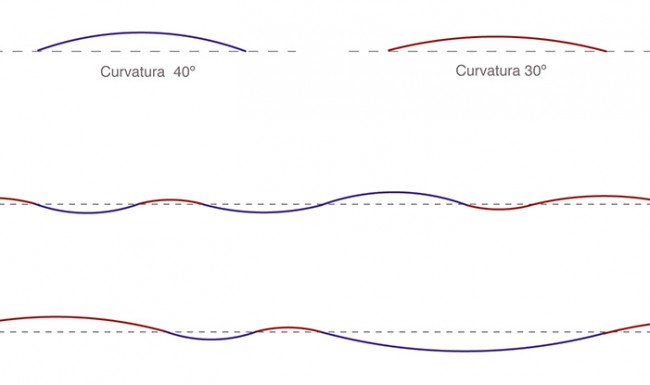Geography (Landscape with waves)
2011
The starting point of Treaty of Limits series of works was a trip through the pampas region (encompassing the southern part of the state of Rio Grande do Sul, southern Brazil, and northern Uruguay). Traveling throughout this region led to a reflection on geographical and political limits between states and countries.
The pampas region creates its own geographical boundaries that determine its specific biome, making other means for defining its borders seemed senseless. The spatial continuity of the pampas’ fields and landscape evokes the perception of diluted borders, reminding one that borders are not always perceptible, nor pertinent, and that this region’s own characteristics had once been enough to identify it, without the necessity of politically drawn borderlines.
During the journey throughout pampas, it was impressive how the borders seem to be random divisions of territories. The fact that a border really represents a passage between one place and another that could actually to be seen – not only as a political division between two territories but also as one intrinsic to the place’s geography.
An exception to that was the borders delimited by bodies of water, such as the Uruguay River that separates Brazil from Uruguay. This same river in Argentina, as well as in the border city Jaguarão, delimits borders in the extreme south of Brazil.
Geography is based on a map made of ice showing the cold southern region of the Mercosul (South America’s Common Southern Market) whose delimiting borders are formed by oceans, lakes or rivers. As the ice melts, these boundaries are lost. It is shown as photographs and as a video, together with the soundscape Landscape with waves.
VIDEO (stop motion) / 5:05 min. / 2011
The wind in the Pampas (Southern South America) inspired Landscape with waves. This work was thought having as reference the geographic landscape from this region, located between the latitudes of 30º and 40º.
Landscape with waves was created after Marina Camargo’s proposition for the musician Leonardo Boff to create a “sonorous landscape” using computer graphics that draw waves at 30º to 40º angles.
Landscape with waves was made using simulations of the sound of wind combined with the timbres of the flute and the guitar (of the song Negro da gaita, by Cesar Passarinho) and sound manipulation. The sonorous landscape begins with a sound construction of a recognizable landscape (the wind blowing, that defines this imaginary space), transforming in a continuous process of deconstruction.
Treaty of Limits was presented at 8th Mercosul Biennial.
Text by Anne-Laure Amilhat Szary on Treaty of Limits:
RELATED WORKS:


